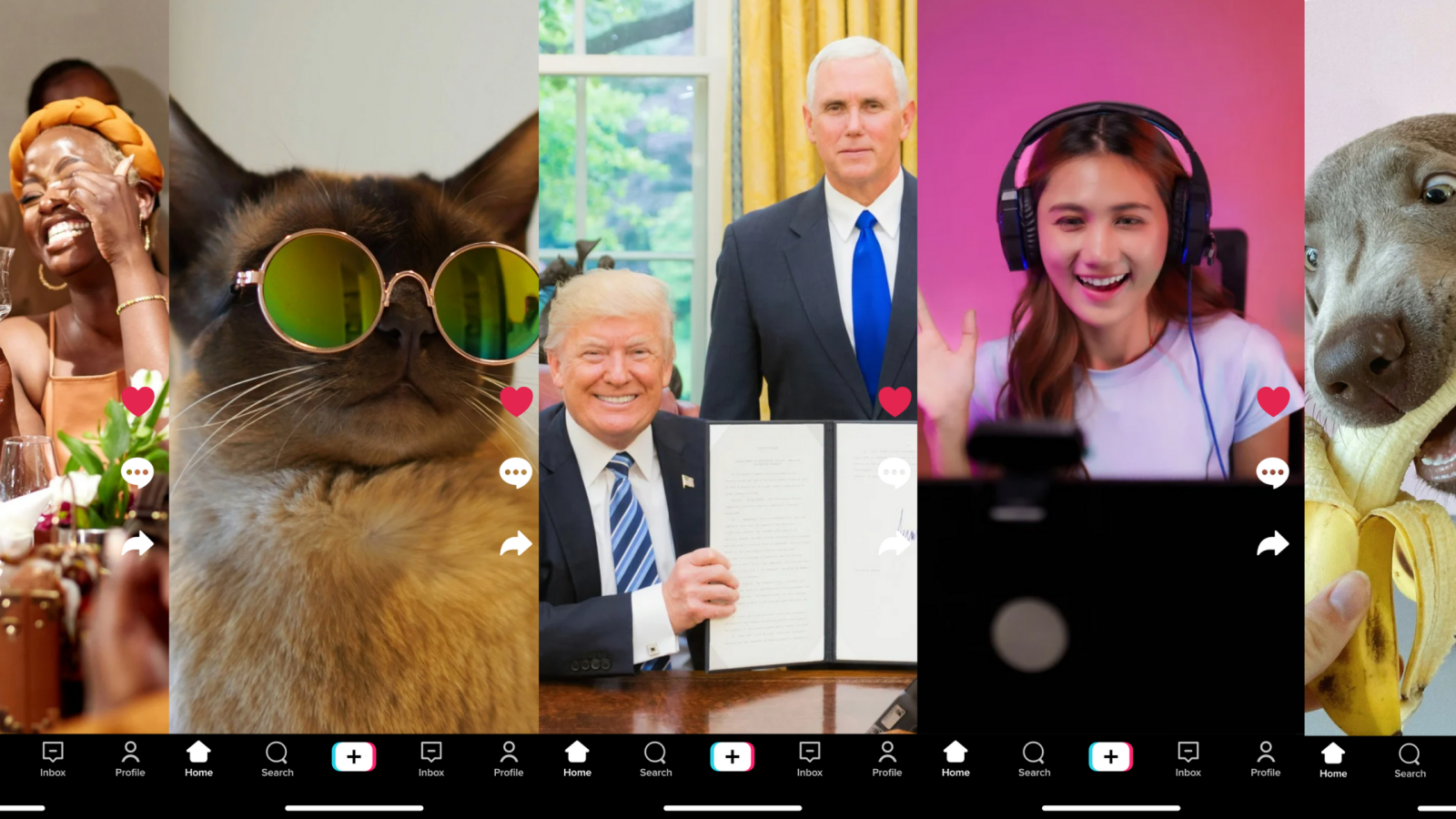Social is the medium, but its messages are more than just content


All things, it seems, must now revert to “social”.
Netflix has announced a new “Clips” feature, where segments of episodes can be selected and shared on social media (per Engadget). Spotify has added a social feature allowing users to directly message songs to each other. Even OpenAI has flirted with the idea of a social platform.
The trend, however, goes far deeper – and is a much bigger dynamic shift.
Everything is now content for the social media machine
Anything can become content for social media. On each platform sit DIY videos, breaking news, the updates of friends’ lives, and cute distractions. There are gaming how-to’s, movie spoilers, and album releases. Every artist, actor, and performer must spend serious time and energy investing in their social profile, making content to underpin their off-platform careers; content which, for some, can outshine their off-platform careers. Social is having an audience-side influence, too. YouTube’s Culture & Trends report finds that 58% of 14-24-year-olds agree their sense of humour has been shaped by the internet. 60% have picked up habits from online creators, and 62% agree the way they speak is affected by online content.
News, sports, games, music, podcasts, movies, personal updates – all are collapsing into the bucket definition of “content”. This makes sense in a device and format-agnostic digital world; platforms like Instagram and YouTube are people’s default windows into the digital space, and all topics coincide and fit the same format specifications. Differentiating between old formats and genres no longer feels as intuitive or useful in such a context for those native to it.
Featured Report
Social audiences are fragmenting Social platform user profile
The social marketplace has been growing – but attention is a finite resource, as is consumer time. As a result, audience attention is fragmenting across many different apps, with the biggest – YouTube, Instagram, Facebook, and TikTok –still dominating.
Find out more…Social is the medium, but its messages go deeper
It would be shortsighted to write off everything on social by its lowest common denominator. Sure, there are terrible memes, but there are also government announcements from the US – a major economy that now uses X, Signal, and Truth Social as (if not more) often than traditional channels. Nepal held leadership debates and voting on Discord in September 2025, using its huddle and poll features. Their chosen official was sworn in as interim leader shortly thereafter. The lines between frivolous entertainment and major decisions in the real world are fading, if they still exist at all.
Social may be the medium, but content is just shorthand for “information” – often flawed, or at least entertaining, but information nonetheless. That sharing of information can power music careers, teach you how to fix a leaky pipe, and overthrow governments. Not something to be scoffed at or brushed off as the latest teen thing anymore.
There are undeniably flaws in such a system, but they stem from a lack of recognition and respect for the changes it engenders. Legislation cannot keep up when officials struggle with the definition of WiFi. DSPs must compete with platforms their executives still view simply as marketing tracks.
Social platforms are our portals to digital, but the offline world still holds power
What happens to the things that do not get collapsed into social content? One could be forgiven for looking at the ‘trending’ page on TikTok and making assumptions about mainstream culture. However, it is worth remembering that less than half the population uses the platform weekly, and of that, given algorithmic fragmentation, the only real draw to much of the most popular content is that it is ‘common denominator’ enough to be a sharedexperience. There is much happening under the radar, or offline completely, and in this is a less-documented trend of the pendulum swinging the other way.
Traditional entertainment players can refocus on experiences and events, while users try to reduce their screentime. Cultural movements are organised both on and offline, without being able to rely on platforms that can easily change algorithmic weightings and subdue their popularity in the feed.
Navigating this space requires recognising the power of social, and its fundamental role as online information infrastructure. However, it also requires recognising that social platforms are companies with shareholder expectations to fulfil and, as a result, have competitive impulses. As elections take place on Discord and artists contemplate skipping traditional distribution methods in favour of TikTok, figuring out where value can be found through these largely ad-supported platforms is only one half of the picture. The other is establishing where differentiation can be found off of these platforms, be that through events, products, or other forms of real-world infrastructure (after all, anyone who lays roofs or builds pylons isn’t concerned). Social may be the default medium now but establishing competitive value means looking at what it cannot do.
For music, ‘sounds’ cannot compete with live gigs. For TV and film, short clips don’t replace binge viewing sessions with friends. Gamers may livestream hacks for thousands of followers, but those followers still want to play the games themselves.
Where social can offer an ephemeral taste of a thing, that thing itself stands apart. As the content collapse escalates, now more than ever it is critical for all those who post to social to figure out where they stand off its platforms – or risk becoming one more feature on another industry’s platform.
Image credits: Jim Nyamao / Studio Shephrd / History in HD / Lotte Mosayebi

The discussion around this post has not yet got started, be the first to add an opinion.